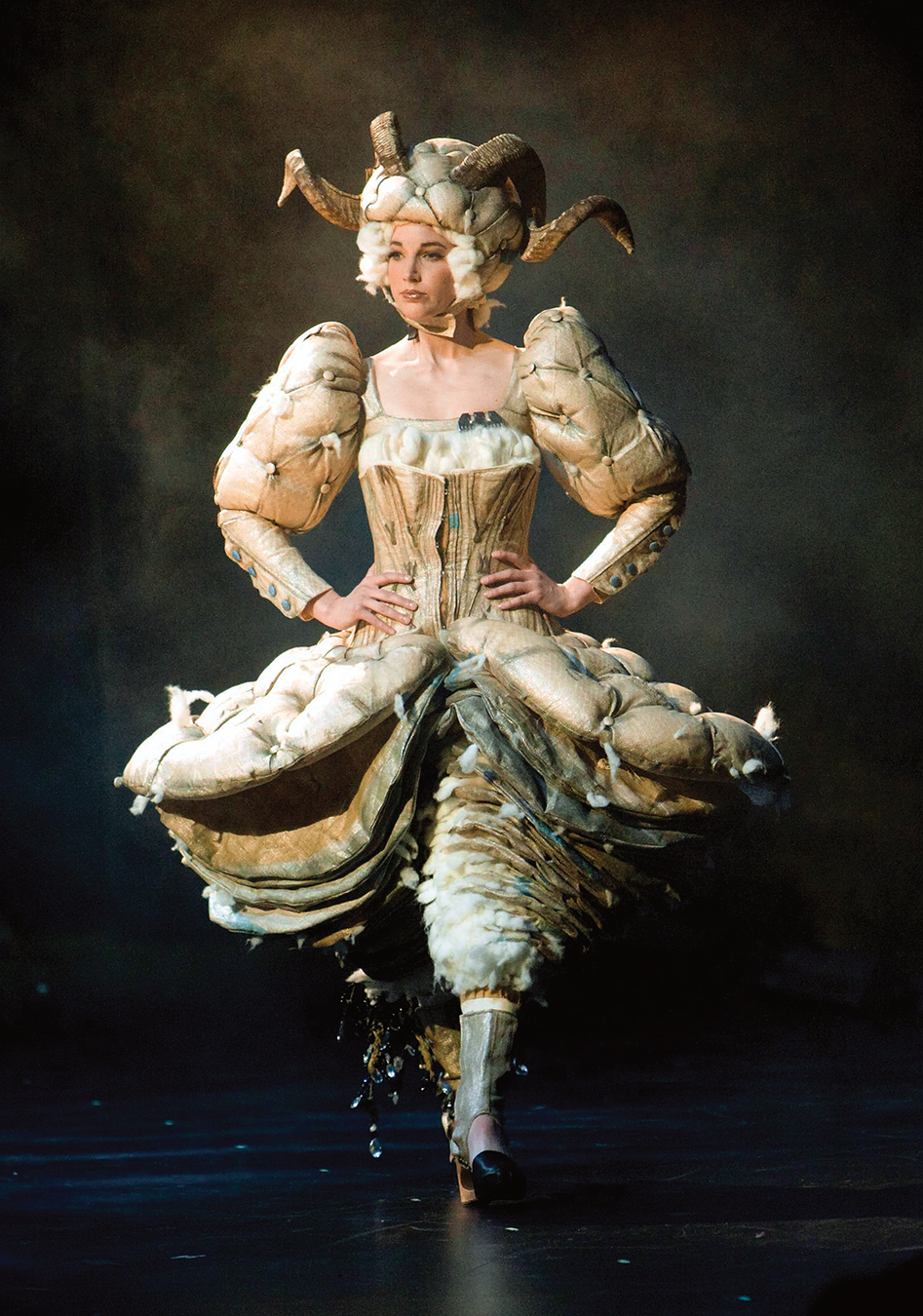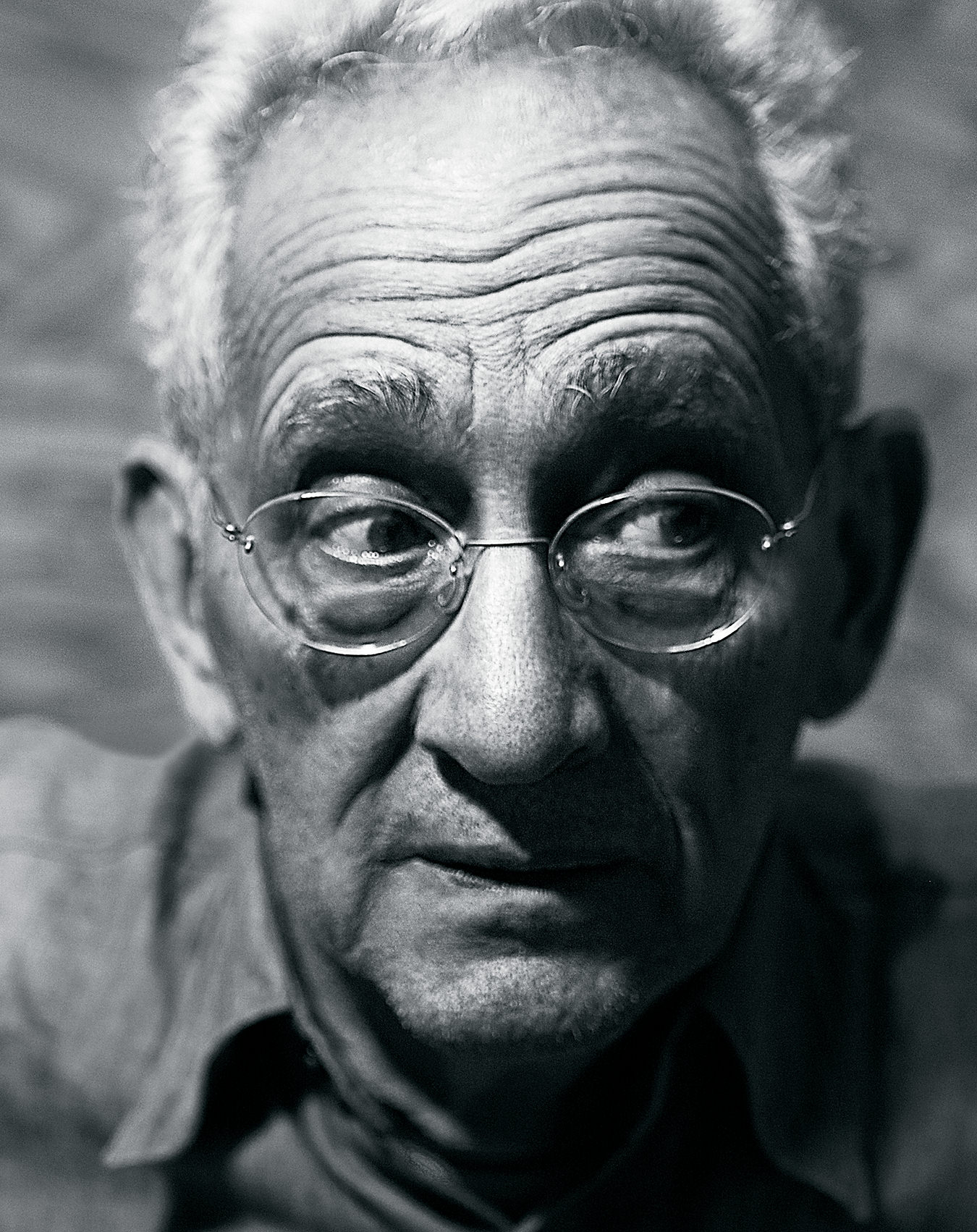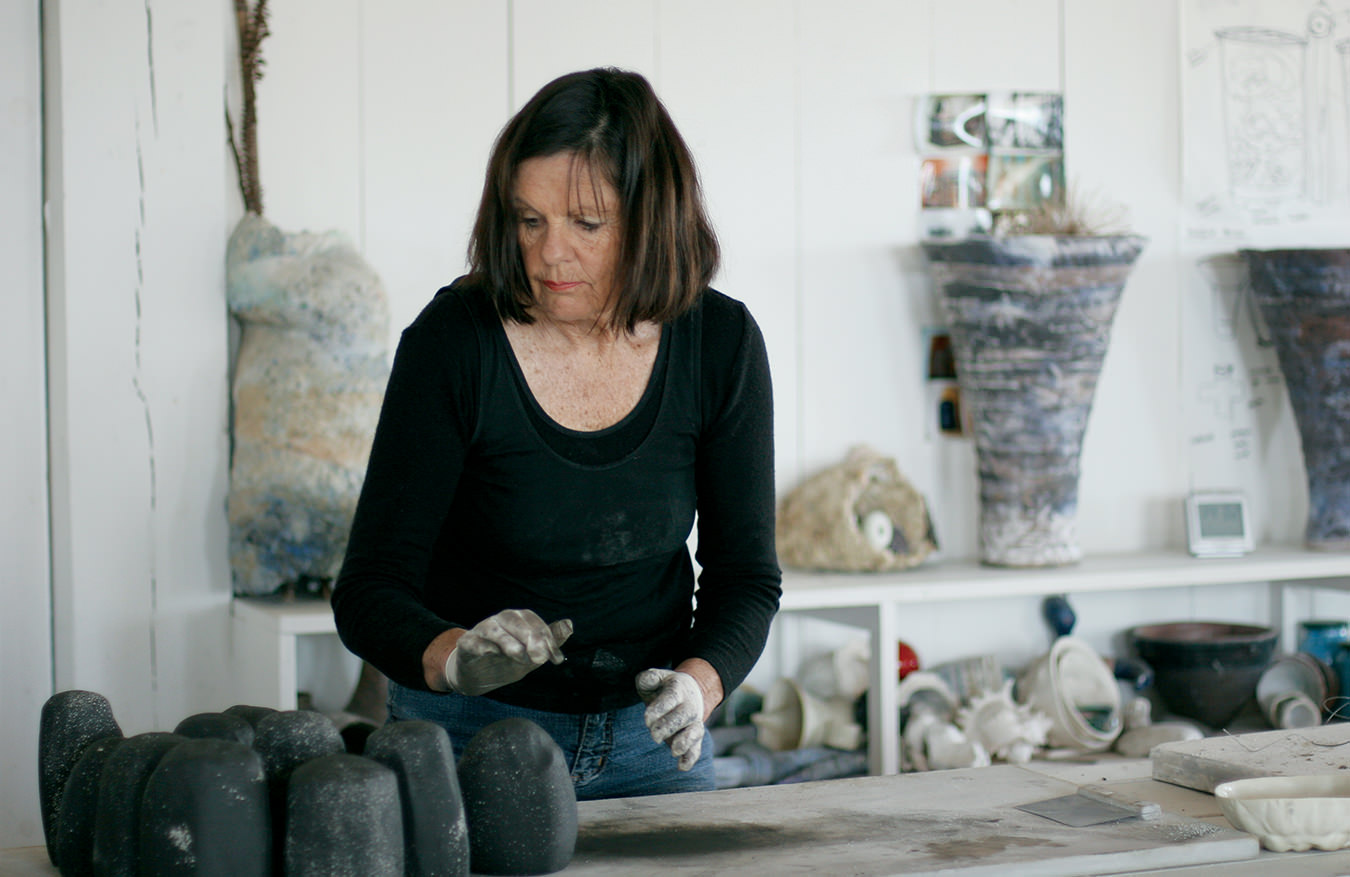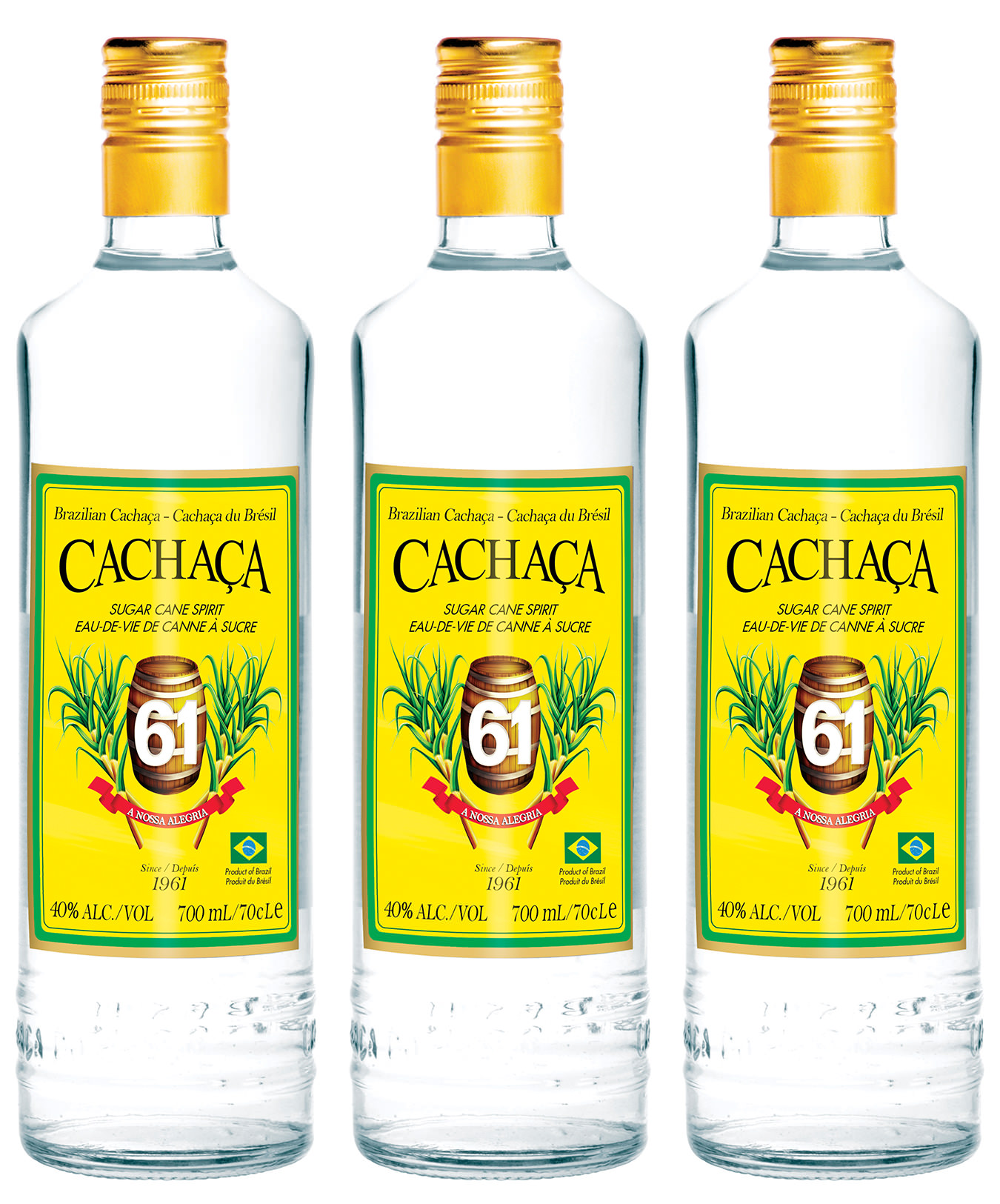PAD London Hosts the World’s Best-Kept Secret in Interior Design
A sneak preview of the Brazil Modernist booth.

Mahog Stool By Juliana Vasconcellos. Courtesy of Brazil Modernist and PAD London.
U.S. and European takes on modernist design are now ubiquitous. While Eames and Aalto aren’t quite household names around the world, IKEA certainly is, and the Swedish retailer is known to borrow generously from designers such as Vitra, Kartell, Arne Jacobsen, and Vico Magistretti, whose frequent use of artificial materials such as plastic, fibreglass, and metal made their work quite easy to dupe.
Brazilian modernism, however, is an entirely different story—and Paris-based gallery Brazil Modernist is making its debut at PAD London this year with a mission to spread the word. The movement, which started in the 1950s, was born out of a culture that didn’t have the same access to industrialization and manufacturing as those in Europe and North America, so it was established instead with a reliance on natural materials—think wood, wicker, and leather—and artisanal techniques.
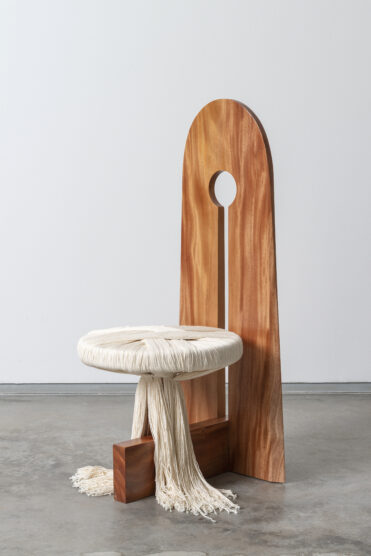
Mahog chair by Juliana Vasconcellos. Courtesy of Brazil Modernist and PAD London.
As it turns out, it’s much harder for a machine to effectively mimic something that was originally sculpted by the calloused hands of a carpenter. Brazilian modernism is a more sumptuous spin on the simple, functional European and North American designs the world is more familiar with. It features rich materiality, organic and geometric shapes, and design elements linking to Indigenous or African heritage.
So why has the movement maintained a profile as low as a free-shaped table designed by Joaquim Tenreiro, often referred to as the father of Brazilian modernism? Because under military dictatorship until 1985, Brazil had a ban on furniture exports. (There are still restrictions on commercial sales of some wood varieties, such as rosewood, to prevent overharvesting of the Amazon rainforest. ) There has been a dearth of scholarship on the movement that is only recently starting to catch up.
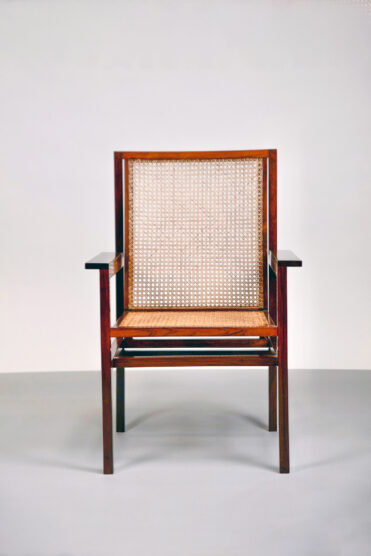
Fauteuil Estoril by Joaquim Tenreiro. Courtesy of Brazil Modernist and PAD London.
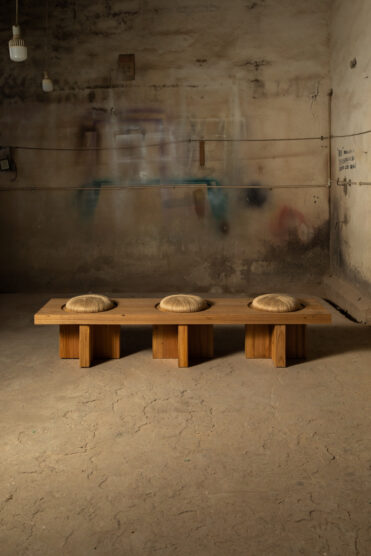
Juta bench II by Juliana Vasconcellos (2023). Courtesy of Brazil Modernist and PAD London.
At their Paris gallery, Franco-Brazilian couple Caroliny Pereira and Vladimir Matis, the founders of Brazil Modernist, are dedicated to educating collectors about this too often overlooked treasure trove of exquisite design. They exhibit work by heavy hitters such as Tenreiro, Jorge Zalszupin, Lina Bo Bardi, José Zanine Caldas, Giuseppe Scapinelli, Carlo Hauner and Martin Eisler, Sérgio Rodrigues, and Celina Zilberberg.
“Carlo Hauner, a visionary designer who revolutionized Brazilian design in the ’50s, enchanted us as soon as we saw this pair of armchairs,” Pereira and Matis say of some works they are bringing to the fair. “We knew they had to be in our stand at PAD London. What convinced us was the refined design of this rare model and the choice to mix materials, particularly the metal legs contrasting beautifully with the caviuna wood of the armrests. This wood is so beautiful it becomes hypnotic.”
Another highlight on view is the Alta lounge chair by famous Brazilian architects Oscar and Anna Maria Niemeyer. “This piece is a definition of collectible design, notable for its originality and rarity, as well as the history behind it,” Pereira and Matis say. “Created by one of the most important architects of the 20th century, along with his daughter, it has remained an iconic piece of design since the ’70s.” They note that the chair’s curved steel frame “offered a new way of thinking about shapes.”
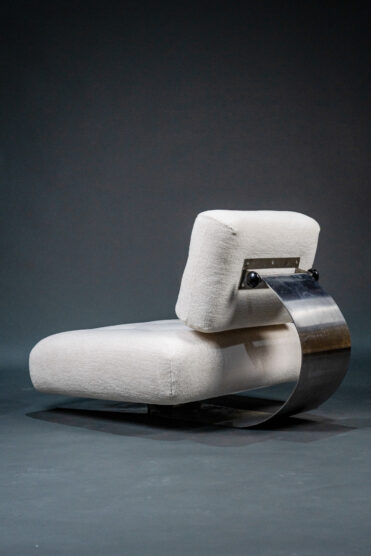
Alta Bas by Oscar Niemeyer (c.1970). Courtesy of Brazil Modernist and PAD London.

Luminaire Candeero By Tiago Braga. Courtesy of Brazil Modernist and PAD London.
Brazil Modernist also represents contemporary designers continuing the movement’s legacy, such as Juliana Vasconcellos, Tiago Braga, and André Ferri. “We immediately loved the dreamlike form of Tiago Braga’s lighting fixtures,” Pereira and Matis say, “and his dedication to using sustainable and eco-friendly materials, such as wool felt, which gives a particular warmth and softness to his creations.”
For now, there is no IKEA in Brazil. What is ready to assemble, however, is the crowd of collectors heading to the Brazil Modernist booth, eager to learn all about the world’s best-kept secret in interior design—and to make some highly sustainable investments.
From October 8 to 13, design connoisseurs leap to PAD London, the international design fair poised to launch its 16th edition. Over 10 weeks, NUVO shines a spotlight on the fair’s roster of talented newcomers, many of whom are local to London, and identifies the artists and exhibitors who should be on every visitor’s radar.

